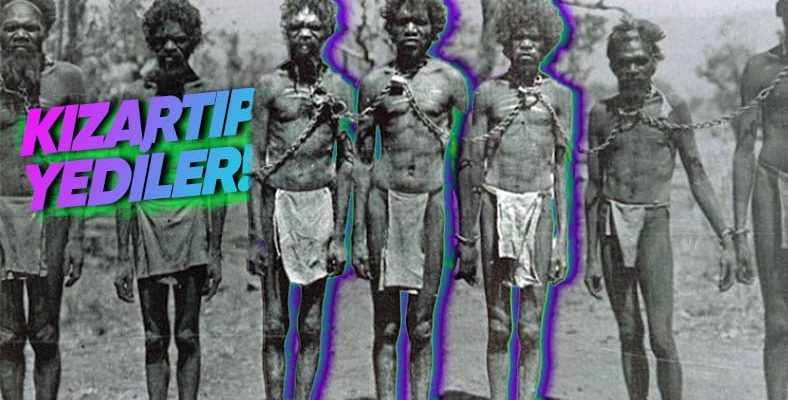In history, there were many states that fought with the Ottoman Empire. However, there is one enemy, a tribe famous for their cannibalism in the jungles of Africa.
Located in a bay on the Indian Ocean coast in East Africa to Mombasa What happened to the Ottoman soldiers, who went and lost in the war and became prey to cannibals, is like a horror movie.
We have heard of many wars in history; some of them had good victories and some of them were very bad losses. However, the Ottoman Empire’s “Kenya Campaign”, also known as Battle of Mombasahasn’t made much of a name before. You’ll agree with what we said when you read it.
Ottoman Empire; it had expanded its territory considerably by developing militarily, politically and socially.
The Ottoman Empire, which did not have a sufficient navy at the beginning, would have a good navy power by getting stronger as time progressed. A good navy meant dominating the Mediterranean and seizing trade routes. At the end of the 15th century, the state began to dominate the Anatolian and Arab provinces by conquering Istanbul. He also began to challenge the Portuguese.
The period of stagnation in the ascension years has begun: After the death of Fatih Sultan Mehmet in 1481, he ascended the throne. II. Bayezid ruled for 31 years. These periods are known as the years when the Ottoman Empire was away from war, campaign, growth and development. Even if the state paused, the Europeans would not.
Important trade routes such as the Spice and Silk Road started from Asia and went to Europe via Anatolia, and the states on this route were getting richer with what they bought from the merchants.
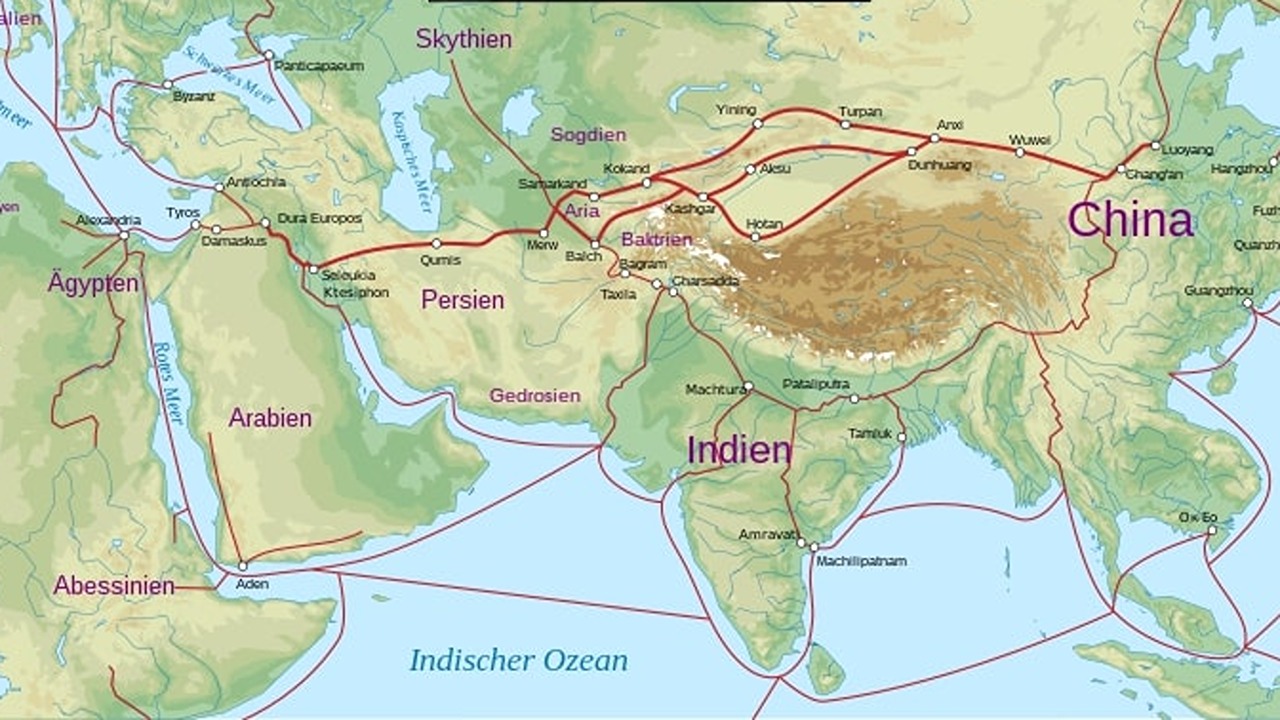
wealth of the east It has always been a boon for Europe. Therefore, geographical discoveries began in Europe in order to find new routes as an alternative to trade routes and to benefit from the mouth-watering wealth of the East.
If the ship that will light the fuse of everything from Portugal in 1497 he set sail.
The captain was Vasco de Gama. He came down from the West coast of Africa to Ümitburnu; then it reached the Indian Ocean.
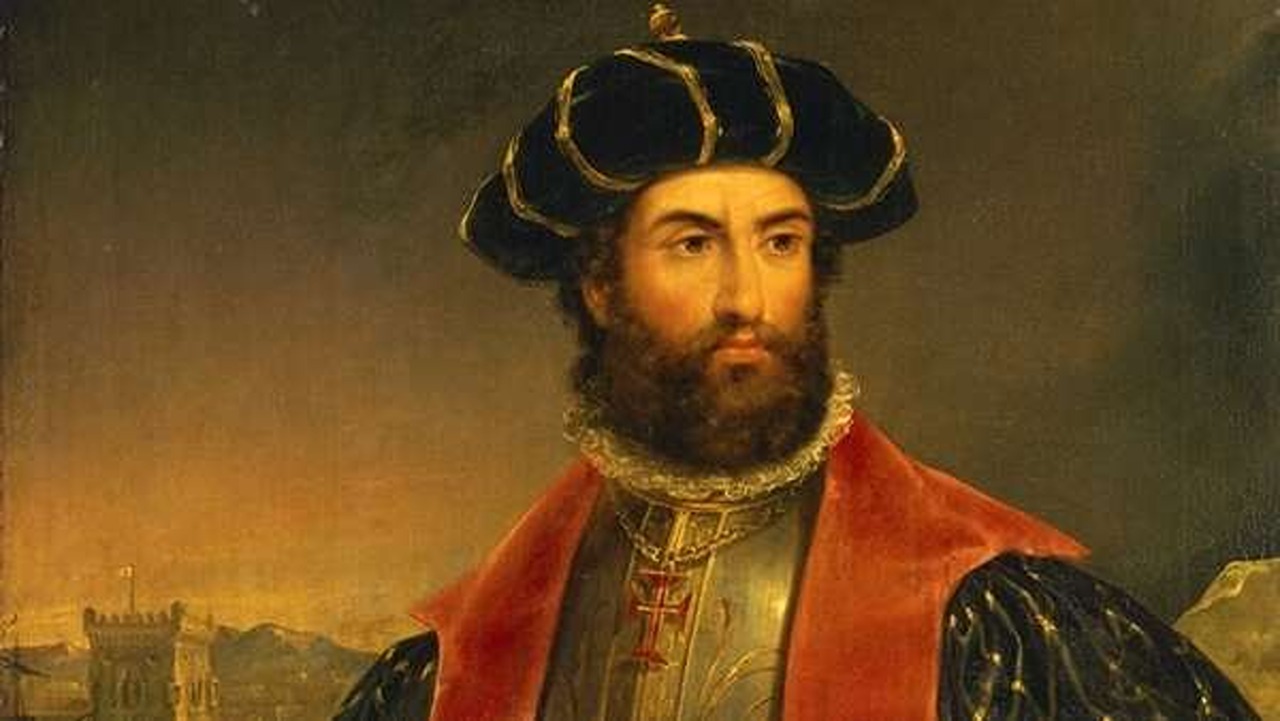
The Europeans had achieved their goal by finding the new path they were looking for. These areas suddenly became very important. Especially the Portuguese; By establishing ports in these regions, it began to attack and exploit the communities that could not be nationalized. The Portuguese achieved tremendous wealth However, their atrocities spread everywhere. This united geographically dispersed people against a common enemy.
Thanks to Yavuz Sultan Selim and Suleiman the Magnificent, the door to the Indian Ocean was opened.
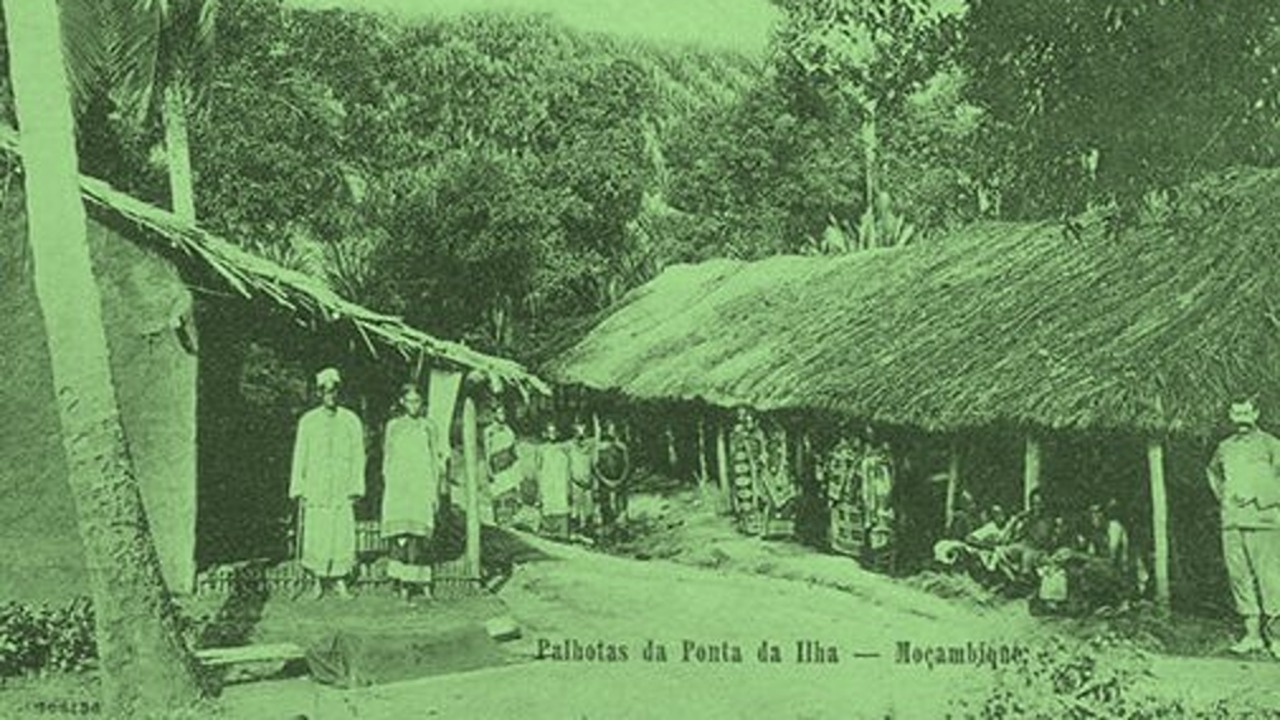
As a result of Sultan Selim’s Eastern Campaigns, the Mamluk domination in Egypt was ended and dominance was achieved around the Red Sea. Suleiman the Magnificent, on the other hand, marched on the Safavids and expanded his territory to the Persian Gulf. Red Sea and Persian Gulfwould be the Ottoman gates to the Indian Ocean.
After that, fighting continued in the Indian Ocean.
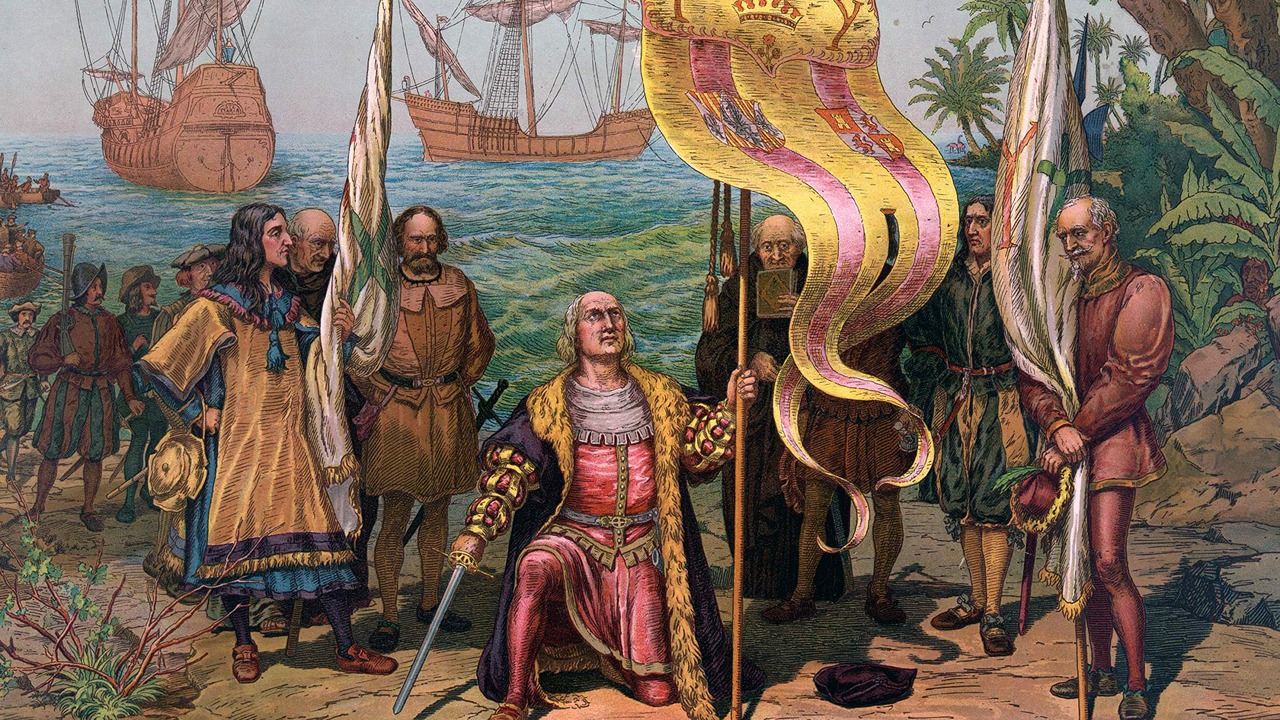
III. During the Murat period, Muslims were fed up with the Portuguese oppression in Somalia and Kenya, and they sought help from the Ottoman Empire. At the beginning of the sea voyages here Yemen Governor Hasan Pasha there was. Hasan Pasha chose the Turkish sailor Emir Ali Bey for this task. In 1585, a naval force under the command of Emir Ali Bey reached the region.
When the calendar page showed 1586, Emir Ali Bey, who went to East Africa with a single ship, seized a Portuguese ship.
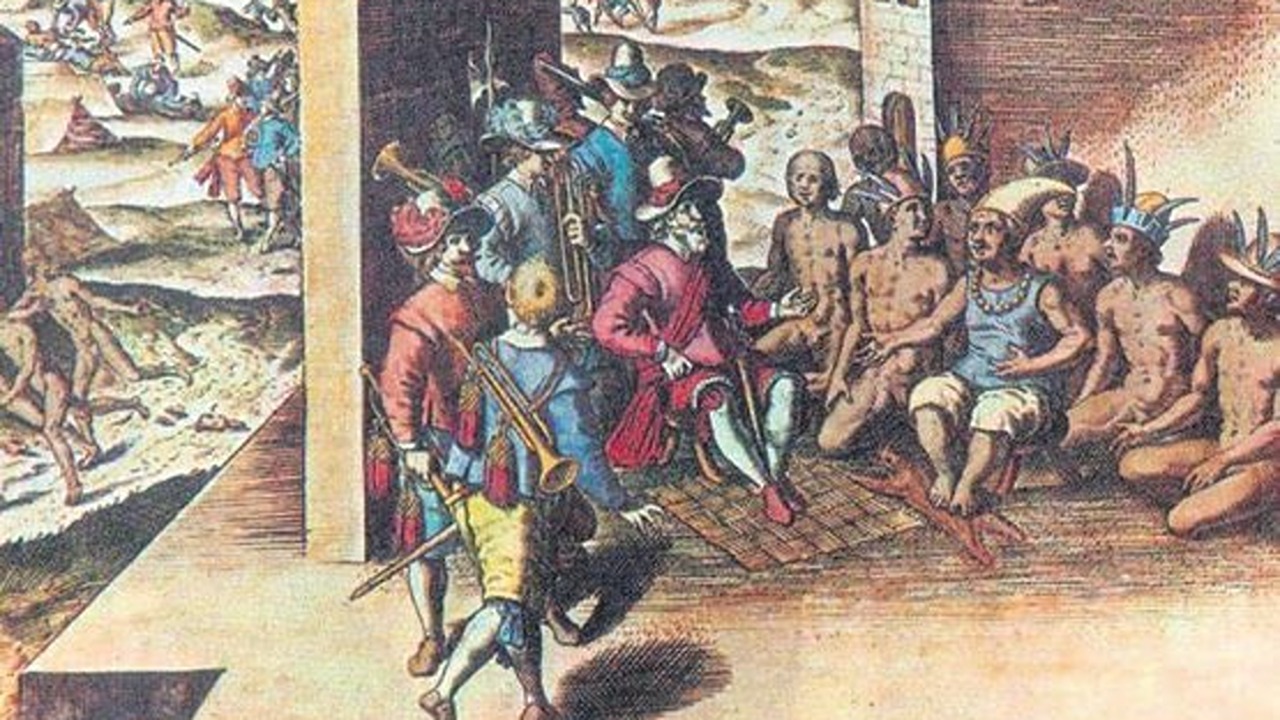
on the east coast From Mogadishu to Mombasa He destroyed the Portuguese administration in the regions that were under the control of Portugal, seized a Portuguese ship, and returned to Yemen by connecting Somalia and Kenya to the Ottoman Empire. Behind this success, of course, was the support of the local people.
Mombasa was a very important port for the Portuguese.
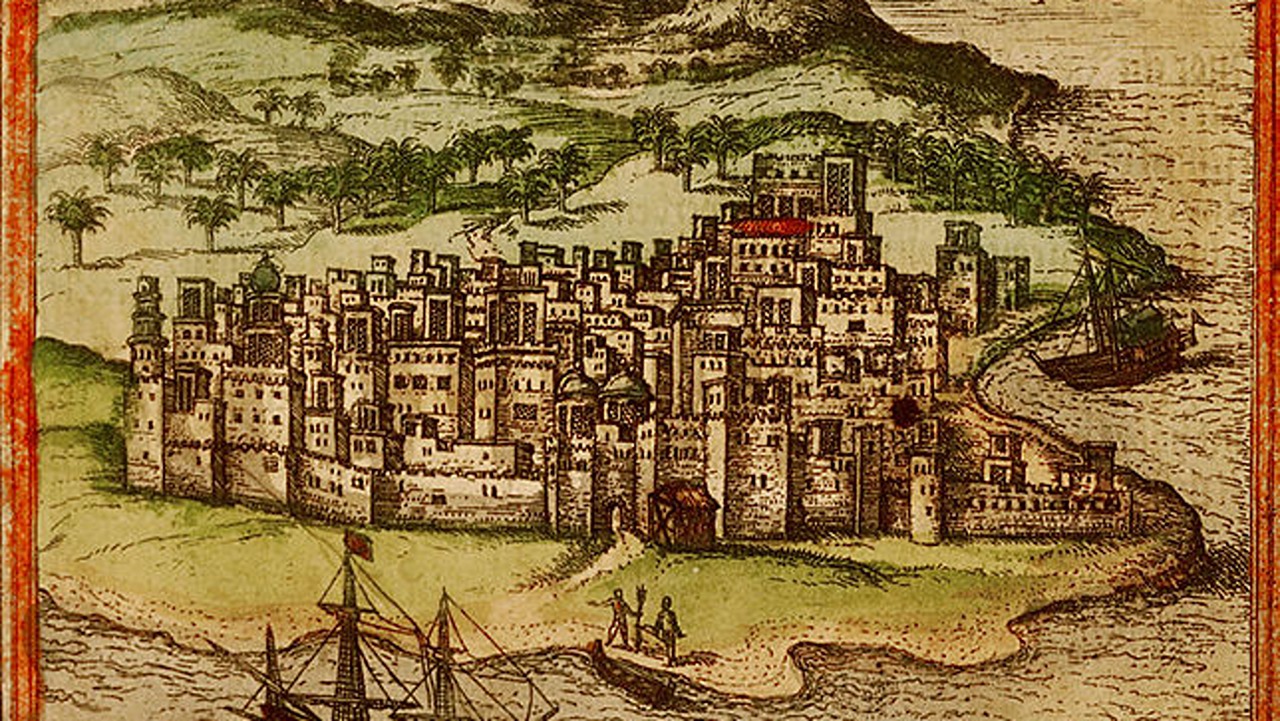
The Portuguese did not leave this important region alone after the Ottomans withdrew from the region. They continued their attacks and committed great massacres, the Yemeni Beylerbeyi heard this. Hasan Pasha decided to organize a new expedition to the region in 1589. Exactly four years after the first voyage, he sailed again to the East African coasts. However, there was a point that the Ottoman soldiers missed, which would result in their lives.
The Portuguese were quite prepared this time. Because they had the “Zimba Tribe”, known as cannibals, living in the jungles of Africa, to use against the Ottomans.
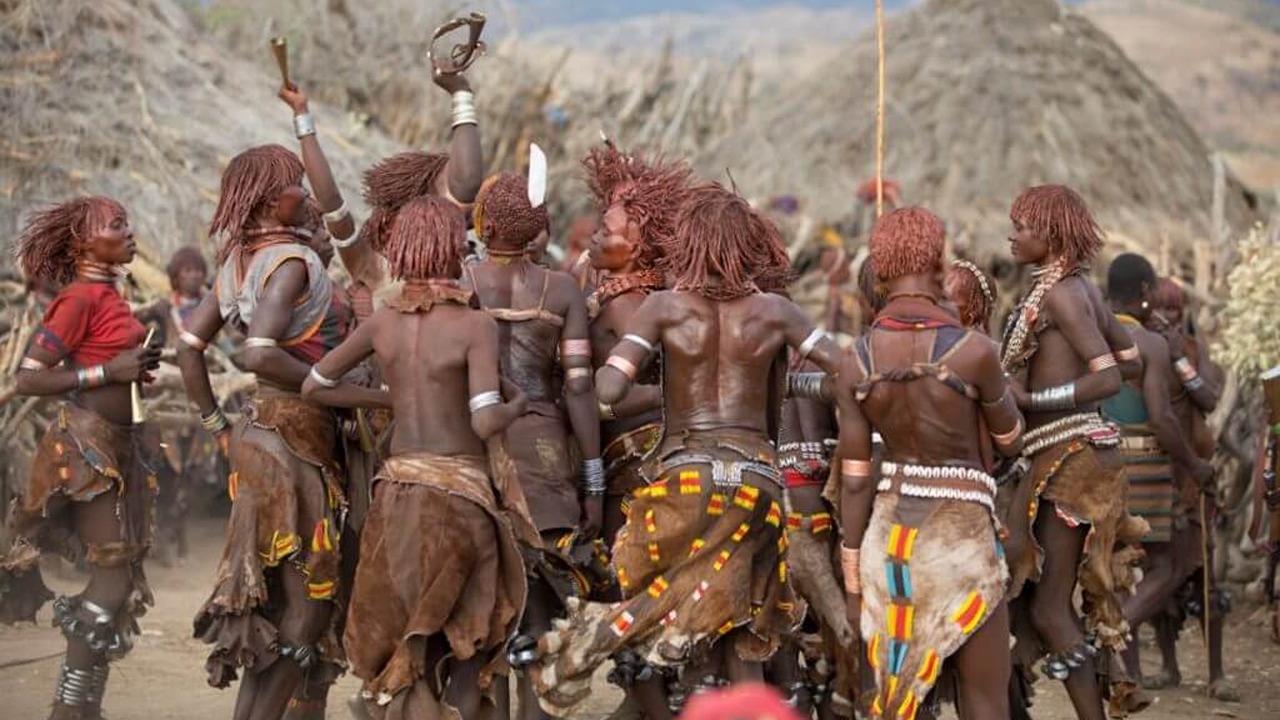
The cannibal tribe, waiting with thousands of spears in their hands, besieged the city of Mombasa with the orders they received from the Portuguese. The number of Ottoman sailors defending the city was very small, Emir Ali Beyhad brought all its ships close to the shore for artillery support in case the cannibals attacked from the land. The tribe, however, did not attack. Because there was a reason for that too.
off Mombasa On March 5, 1589, the 18-piece Portuguese navy appeared, Ottoman soldiers did not expect this raid at all. Souze Countinho, the commander of the Portuguese, had ordered the tribe to attack Emir Ali.
The Ottoman navy was fighting both cannibals and the Portuguese from the sea.
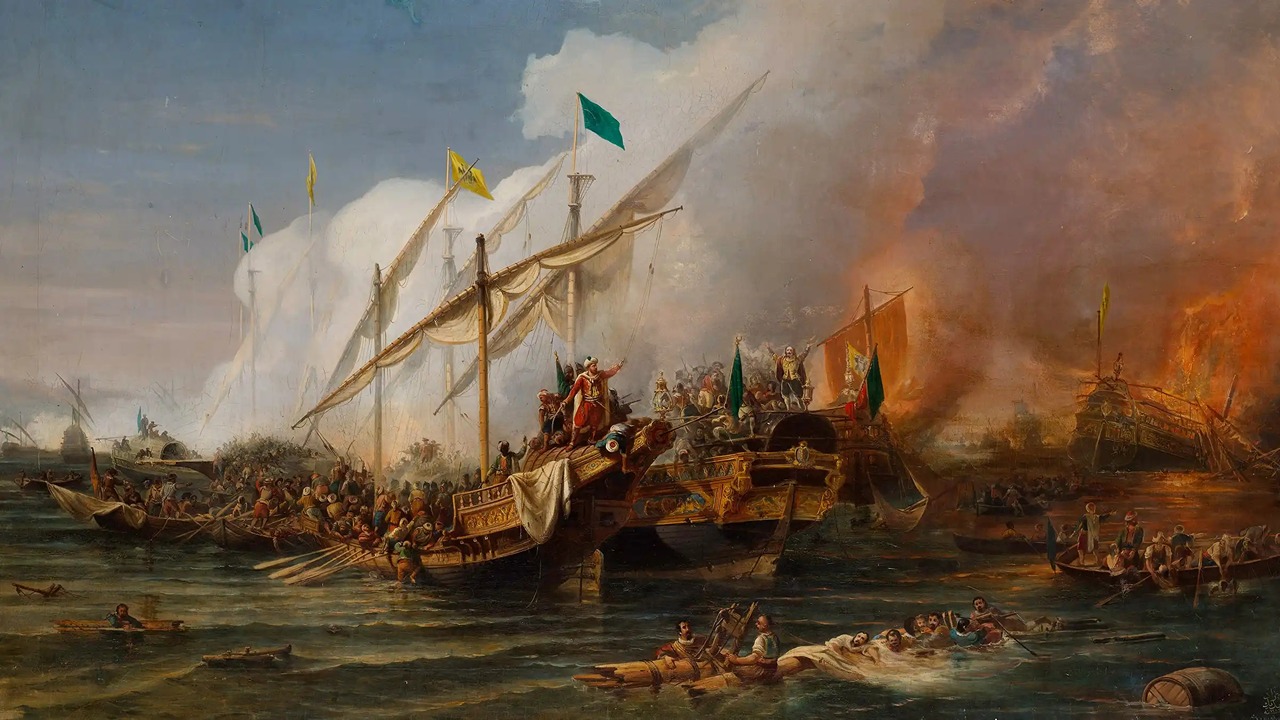
The navy was defeated after a while and they had to take Mombasa out of their hands. Historian Yilmaz Oztuna “Turks in East Africa” In his article, he uses the following sentences for the outcome of the war:
“Mombasa was taken from the Turks, Emir Ali Bey was taken prisoner and taken to Lisbon. The Turkish levents fled southwest to Tanganyika. But they fell into the hands of the Zimba of the Bantu race who devastated Southeast Africa. Zimbas who are cannibals, They fried and ate the Turkish levents they caught.”
According to sources, no news of the Ottoman soldiers who went to Mombasa was heard, some of them were eaten by the tribe and some of them rowed for life as slaves on Portuguese ships. This war, which went down in history as the Battle of Mombasa, He finished the activities of the Ottoman Empire on the East African coast. This brutal event, which has not been seen in history, was unfortunately an unexpected end for the Turkish levents.
RELATED NEWS
The Sultanate Period of Suleiman the Magnificent, the Longest Reigning Sultan of the Ottoman Empire, Full of Victory and Intrigue
RELATED NEWS
When You Read the Blood-Crying Execution Methods in the Ottoman Period, You Will Be Thankful for the Period You Live in
RELATED NEWS
